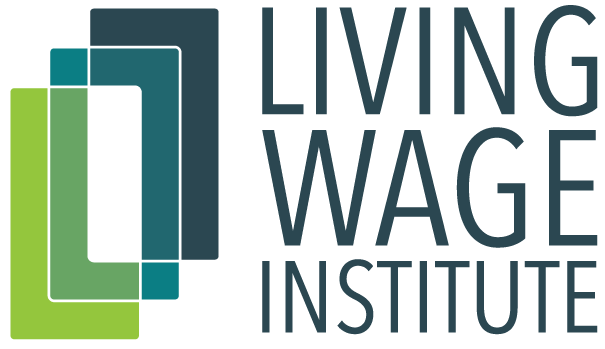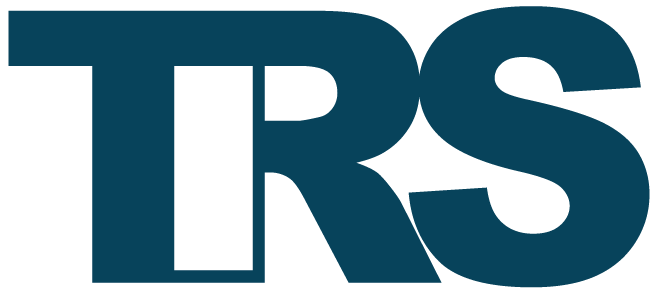



For further information, please visit the FAQs and Methodology pages or submit a question or request through the Contact page.
© 2024 Dr. Amy K. Glasmeier and the Massachusetts Institute of Technology
SIGN INAs a research lab, we are monitoring the nation’s continuing medical emergency resulting from the Pandemic. Our around the clock efforts focus on identifying states and communities, local governments and institutions of greatest vulnerability and are ready to assist them in undertaking assessment efforts and identifying verifiable resources and tested practices to address the economic development impacts associated with the medical emergency.
COVID is a health and economic crisis unprecedented in scale. Solving one without simultaneously reducing the harmful effects of the other will only lengthen the crisis as Americans become desperate, unwilling, or unable to follow medical professionals' advice to shelter in place and maintain social distancing. Unattended, by summer, American communities and their institutions, including medical facilities and local governments, will be paralyzed, reeling from the steepest and most rapid economic decline in our nation's history. Since March, at least 16 million workers have lost their livelihoods. In the coming months, job loss will idle hundreds of thousands if not millions more. Presently, one in ten workers is in line to receive unemployment insurance. May 1st, absent a permanent change in unemployment insurance regulation, as sole operators, the vast majority of American businesses will lose access to unemployment payments. By summer 2020, unemployment levels will likely exceed those of the Great Depression, during which one out of every four adults lacked work.
Two immediate actions can flatten the curve of economic distress and enhance the abidance of recommended safety protocols. First, identify the most vulnerable populations and communities least able to withstand the current economic shock and ensure that financial resources are made available to them. Second, analyze, aggregate, and disseminate policy practices that can sustain the functionality of local governments and community support institutions.
Our approach includes four steps. First, we will identify vulnerable populations using MIT's Living Wage Tool coupled with labor market data, including the evolving package of federal financial supports to individuals and families. Second, we will link continuously updated COVID geographic incident data, with a data library on community health outcomes and resources. Third, we will build synthetic supply chains utilizing six-digit industry data combined with local economies' occupational profiles. Drawing together the sum of these results, we will interweave data on local economic structures to assess unemployment vulnerability conditions. Finally, we will combine fiscal measures of local and state government capacity and evaluate the efficacy of their delivery systems to inform the use of technical assistance resources to support local leaders and citizens.
Our proposal builds off a regional network of trained planning professionals with extensive economic analysis and crisis recovery backgrounds. Utilizing existing and newly developing information, data analysts, and tool builders will develop an outward-facing Recovery Response Portal that enables assessments of vulnerable people and contexts. Simultaneously, we will build and maintain a catalog of continuously-updated and deployed information about state and local policies that resource a networked system of tools, protocols, and computer applications. We will use artificial intelligence and machine learning to ground-truth the efficacy of policy programs. We will utilize downscaled Input/Output analysis, a methodology that traces the changes in the transaction structure of a local economy, to characterize the unraveling of supply chains. With this knowledge, we will be able to identify economic levers that can re-inflate state and local economies.
To ensure buy-in, the regional collaboration model promotes a sensitivity essential to community leaders, institutions, and industrial actors seeking to reactivate and stabilize local circumstances. Serving as an honest broker, building a data depository of verified practices, and their degree of efficacy across various local economies our objective is to increase the speed of policy transfer and therefore result in more realistic and practical implementation. Collaborating is a prerequisite to avoiding the tendency of funds to leak out of local areas or to erroneously encourage replication of policy practices that do not fit a local situation. During a public health emergency, communities may find themselves facing a vacuum of productive and consumptive potential. Our aim then is to make this information and analysis publicly available to contribute significantly to ongoing response and recovery efforts.